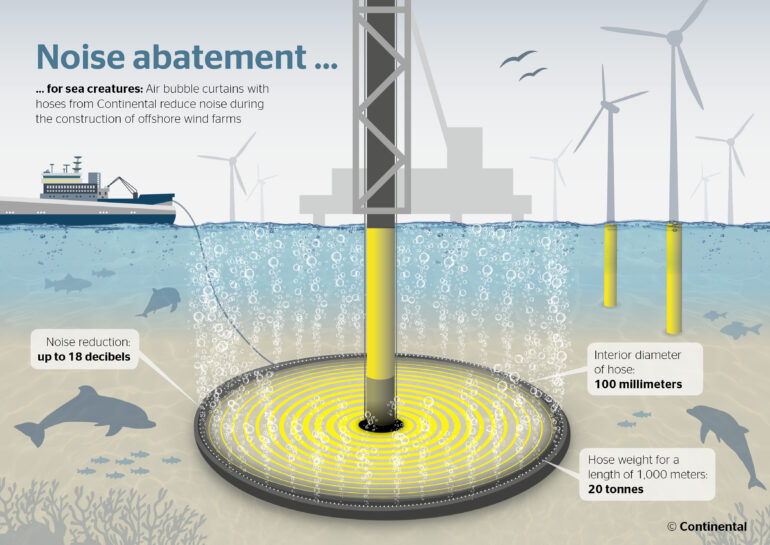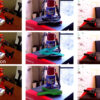An algorithm based on the altruistic behavior of honeybees could help those designing wind farms know exactly where to plant each turbine in the array to maximize efficiency and energy output from the wind farm. A team from India discuss the details in the International Journal of Renewable Energy Technology.
Defining the optimal positions on a wind farm for each turbine to maximize energy output is a complex constrained optimization problem. Such problems are common in engineering and many other areas of human endeavor. Solving such problems usually requires a huge amount of mathematical prowess and computer resources, but thankfully in recent years, researchers have looked to natural systems to help them find solutions much more efficiently and much quicker.
Nature has had millions of years to evolve optimal systems for solving the complex problems facing living things. Researchers have, in a few cases, such as flocking and foraging behavior, studied these systems and modeled them algorithmically. Those algorithms can then be harnessed to solve non-natural problems.
Nirmala Sharma, Harish Sharma, and Ajay Sharma of Rajasthan Technical Univerisity and Jagdish Chand Bansal of the South Asian University in New Delhi, India, explain that the swarming behavior of honeybees often involves those individuals that are less of a fit for the current behavior sacrificing their position for those who are a better fit.
The self-sacrificing algorithm that models this behavior translates to the positioning of each turbine in the windfarm so that a position is tested and sacrificed in favor of a position that is better based on wind patterns and the effects of neighboring turbines on the individual being tested for a new position. The algorithm thus accrues a layout for the turbines in the wind farm where each position is optimal for given geographical characteristics to give the greatest possible power output.
The algorithm can also give the engineers the maximum number of turbines needed for a given site. The optimal number will maximize energy production. Too few and the site would not be extracting all of the available wind power, while too many would be a waste of resources and might reduce the total output from the turbines as their rotation interferes with wind flow to and through the neighboring turbines. The team has demonstrated proof of principle with idealized wind farms with a 500-, 750-, and 1,000-meter radius. The next step will be to consider real geographical landscapes and to optimize for non-uniform wind patterns.
More information:
Jagdish Chand Bansal et al, A new effective solution for wind farm layout optimisation problem using self-sacrificing artificial bee colony algorithm, International Journal of Renewable Energy Technology (2022). DOI: 10.1504/IJRET.2022.10048603
Citation:
Honeybee behavior informs efficiency of wind farms (2022, October 27)



